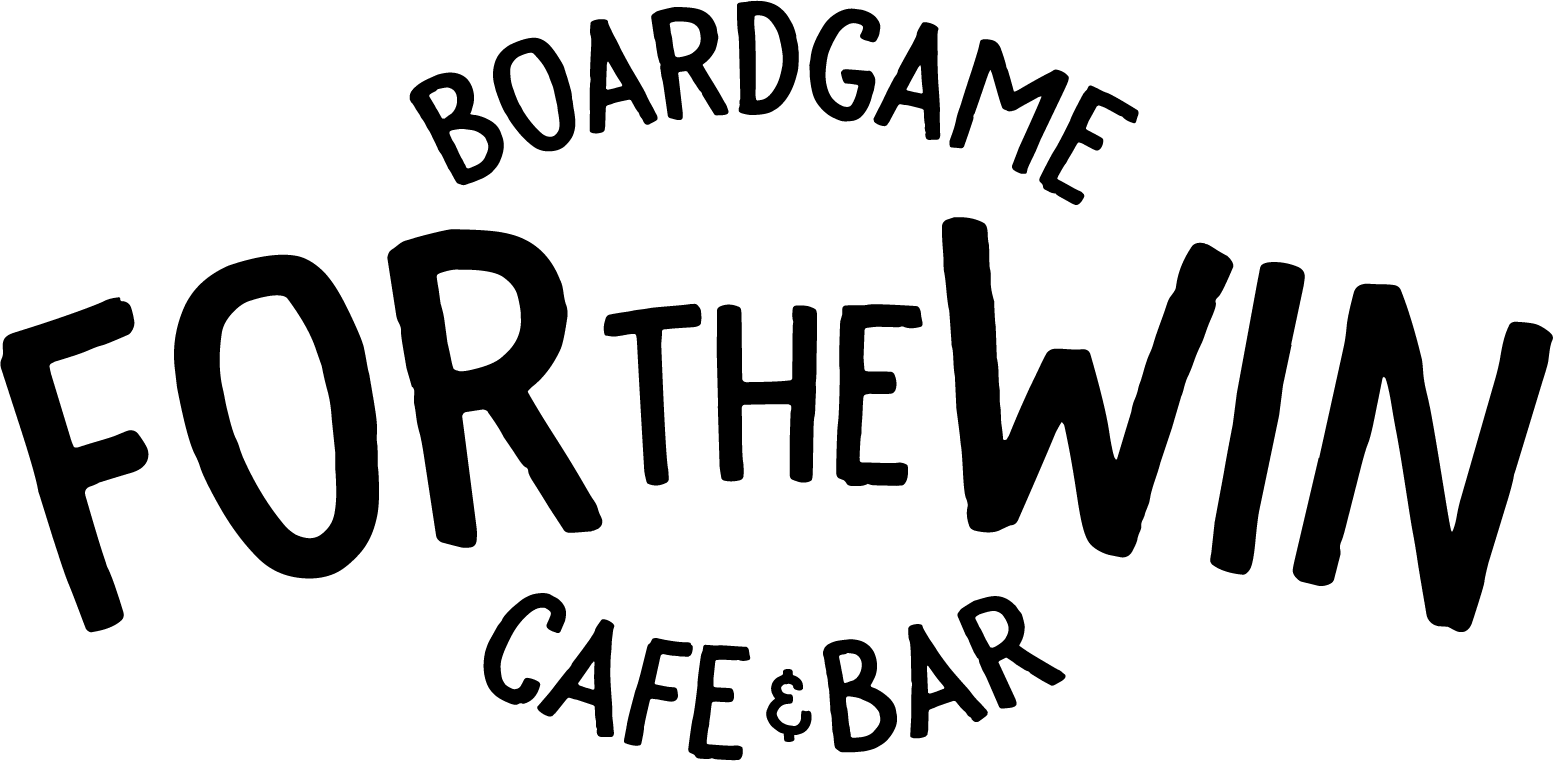Sonora
There have been several roll-and-write games that have risen to prominence, but Sonora is our first flick-and write game. Mixing dexterity with puzzle-elements, Sonora gives players a lot to think about when it comes to strategy. And sometimes more is not always better.
For many, the appeal of Sonora will come from its beautiful colour palette and general aesthetic. The player mats are very durable, and should survive many plays. The player mats are desaturated and faded for legibility, making them noticeably different from the board/map. It’s not game-breaking but it can add a bit of confusion. The discs for flicking are not the greatest. For a game that uses dexterity as a primary mechanic, it feels like the discs should have more weight to them.
Sonora is played over the course of 5-7 rounds. First, players take turns flicking their discs, numbered 1 to 5, onto the board divided into 4 separate zones represented by different desert animals: fox, rabbit, owl and lizard. After all discs have been played, players move into the writing phase of the game. Players score their discs in the designated zones that they’ve landed in.
Each of the zones have a unique method of scoring points. The Cliff-Dweller Ruins (Lizard) scores by completing Ruins using the sum of points gained. The Canyon (Fox) scores points by using tetromino shapes to capture cacti that reward points incrementally. The Creek Bed (Owl) scores points by marking branching paths. The Mudcracks (Rabbit) scores points by building triangles to capture cacti. Each zone also has bonuses that can score on other zones. At the end of the final round players tally their scores and the highest point total is declared the winner!
I was really looking forward to trying Sonora, thinking it might play similarly to one of my favourites, Safranito. Unfortunately the dexterity portion of the game feels very lacklustre and the strategy elements are a bit of a headache to get around. With such a strong disconnect from the theme and the mechanics, it never feels obvious how things should work. And with all the puzzle-elements associated to the game, it really bogs down the experience. It looks like the game is a light affair but it’s all so clunky that it feels more like work.
Sonora is not for everyone. It’s not a difficult game by any means, but it takes longer than it should for everything to click. Lovers of geometric and spatial puzzles will likely enjoy the game. The dexterity part is important as it almost acts like a drafting mechanic with unpredictability. It’s a unique experience, but one that may frustrate players and leave them disinterested overall. But it’s worth trying it out to see for yourself if it suits your tastes!




